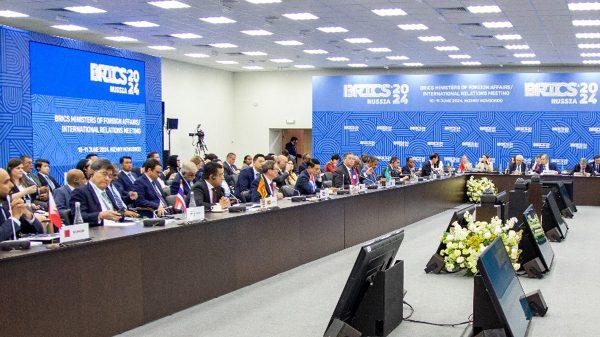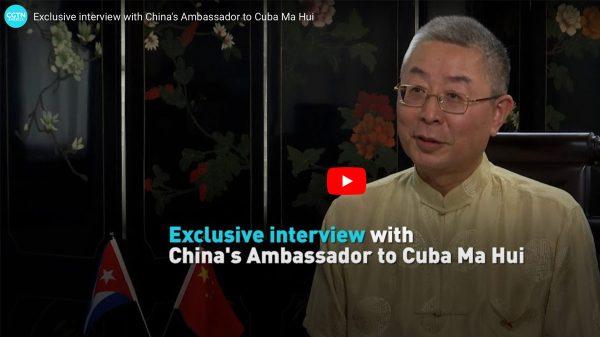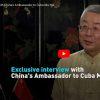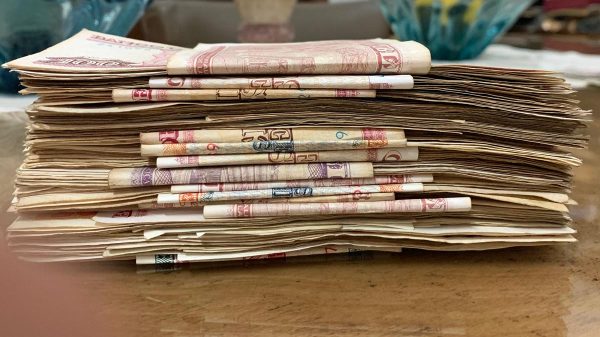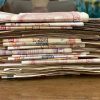The Cuban parliament approved approximately 75 measures for economic recovery yesterday. One of these was the announcement by the Minister of Economy and Planning Alejandro Gil to implement a foreign exchange market including US dollars for Cubans and foreigners. The measure is adopted at a time the economy is showing signs of recovery and the country can implement the move with an “economically based exchange rate.”
The currency exchange market will be available in all currencies, including U.S. dollars.
The move will allow the country to capture the foreign currency circulating in the economy. It is a move to “tackle inflation.” It will also eliminate the confusion tourists experience with the current situation for exchanging their cash to local currency.
Gil explained they are still evaluating implementation, but clarified it will function with all currencies, as well as US dollars. The minister said the details of this are being completed, including a risk assessment and an examination of the ways to use the currency that is not yet a part of the national financial system.
The Cuban pesos obtained by the currency exchange market must guarantee purchasing power, otherwise there is no incentive to make the exchange, he said.
Pointing out the necessity of such a move, Gil Fernández explained although “the economy has been humbly showing signs of recovery, an illegal market for the purchase and sale of foreign currency has been proliferating in the country.”
The present situation has increased prices for consumers. He said that it, “has a cost in inflation, because it goes to prices. The exchange rate is at 120, rises, falls,” he said. He acknowledged that there is “a missing piece, which is the absence of a formal foreign exchange trading market.”
Gil explained the unofficial market is influencing product prices and services and currencies that enter, and is not being captured by the State. The situation, he said, is feeding the illegal market, and cannot continue.
He said the informal market exchange rate operates with dollars, euros and freely convertible currencies, at 115 to 120 Cuban pesos.
Earlier this year, the government announced the implementation of a secondary exchange market for state and non-state economic actors. That action and its aim, although limited said Gil was to reduce the impact on prices, increase supply, and advance the gradual recovery of the purchasing power of the peso.
“We cannot dollarize the country,” he said, “therefore anything we do to increase supplies in Cuban pesos is in the right direction.
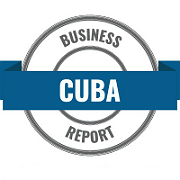
From our staff writers and editors.







